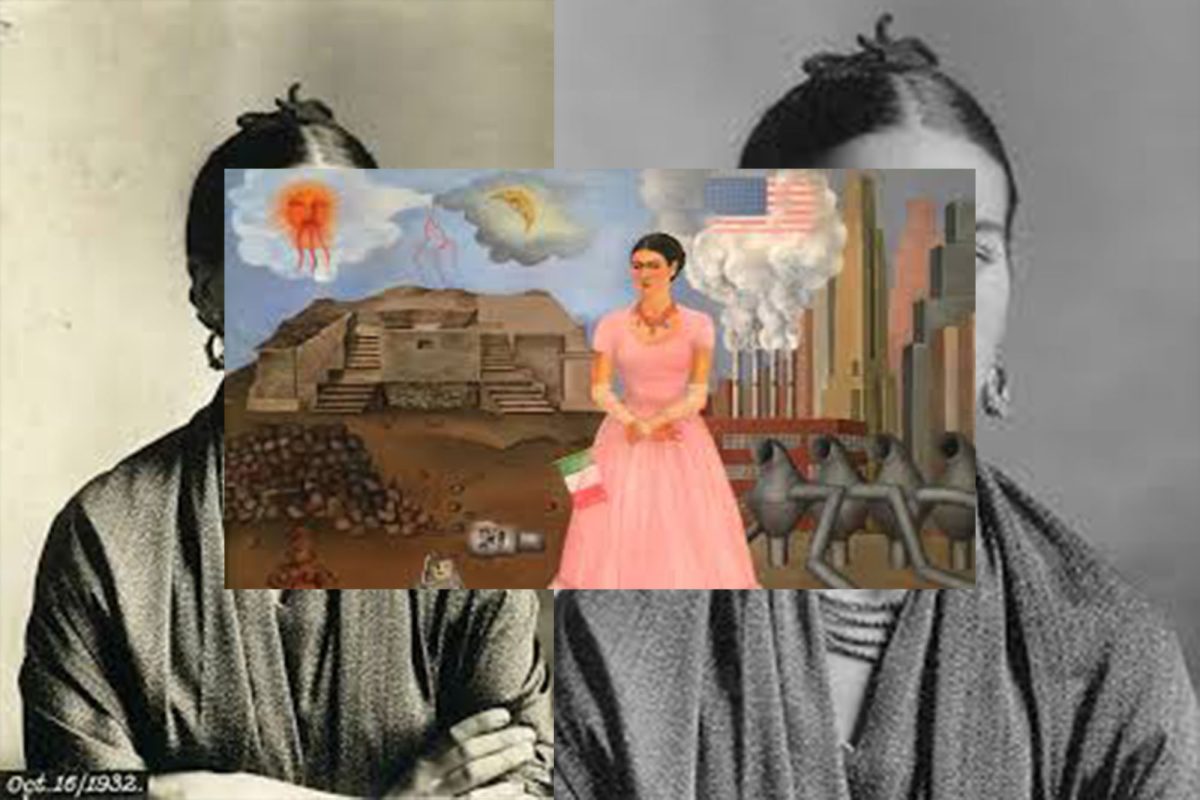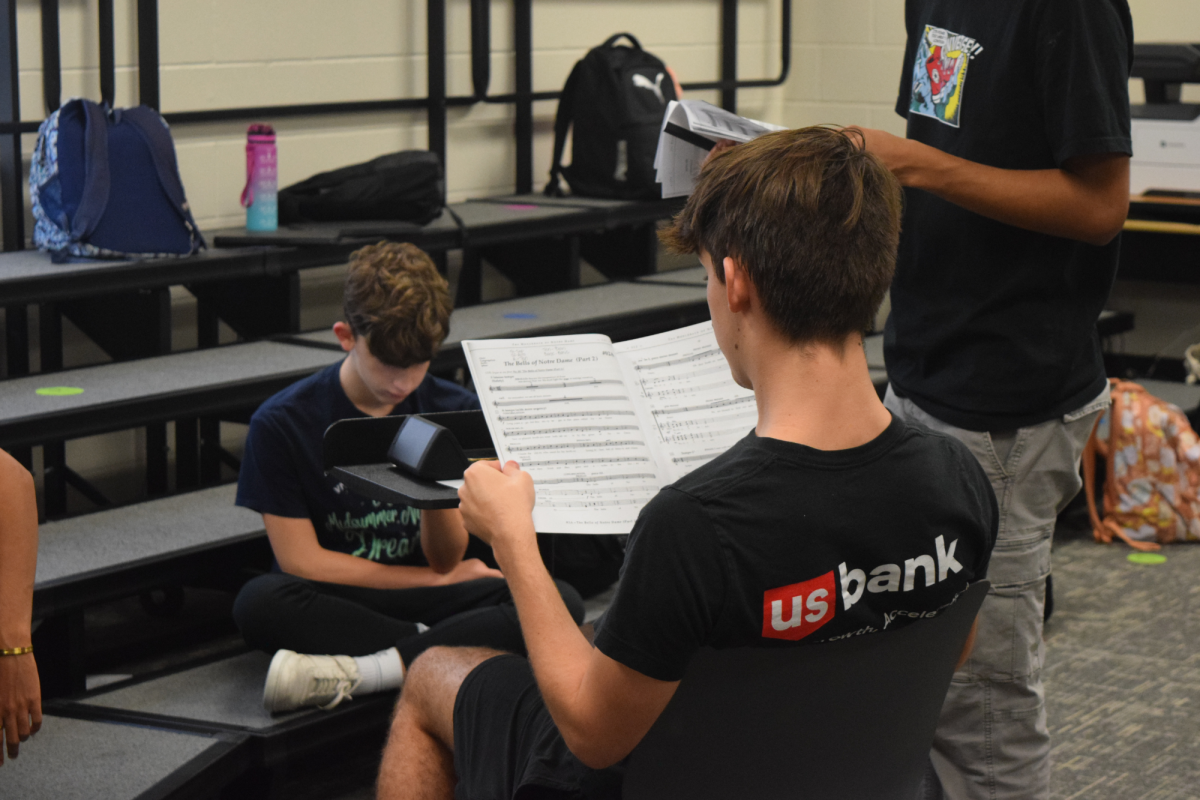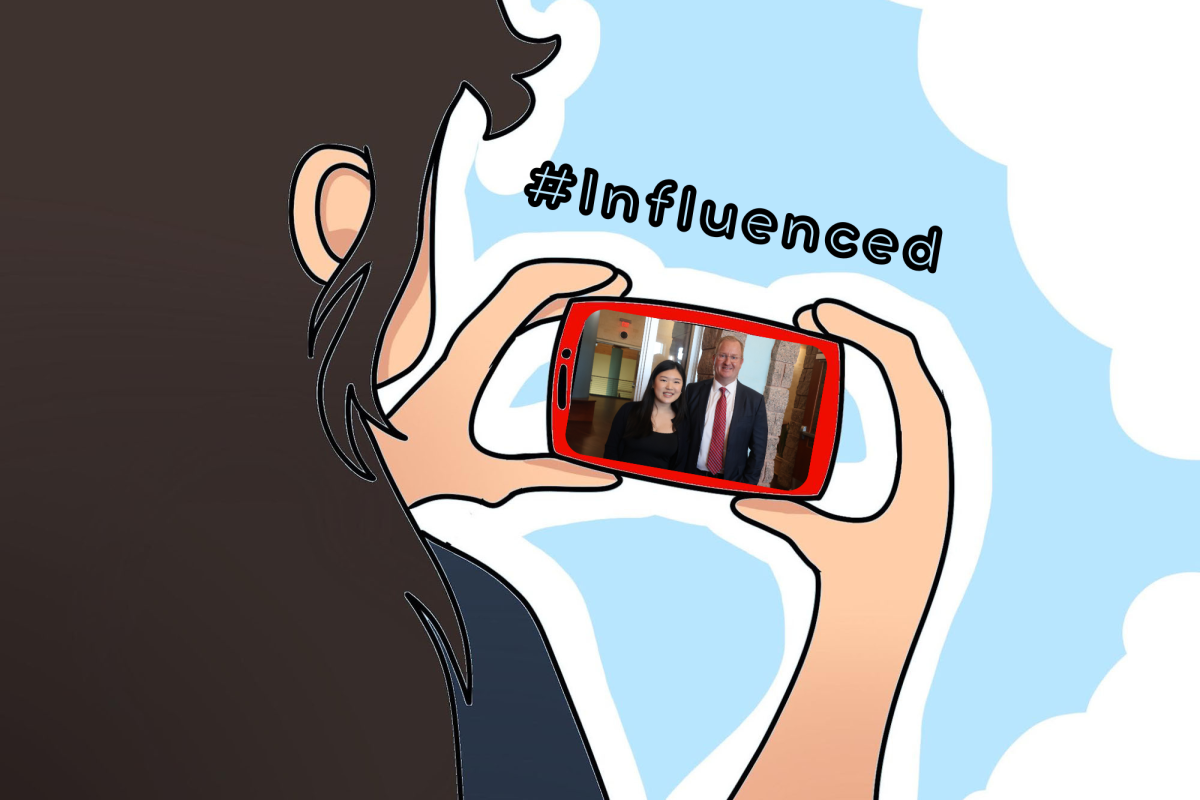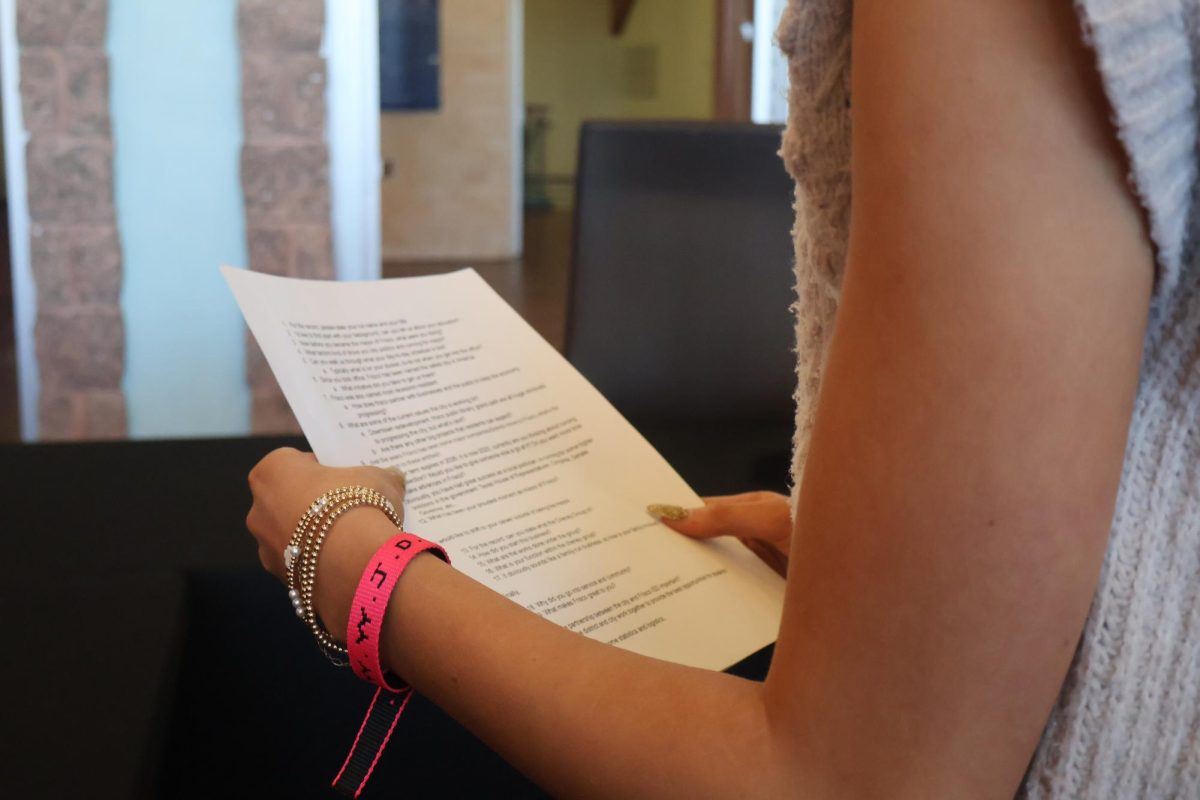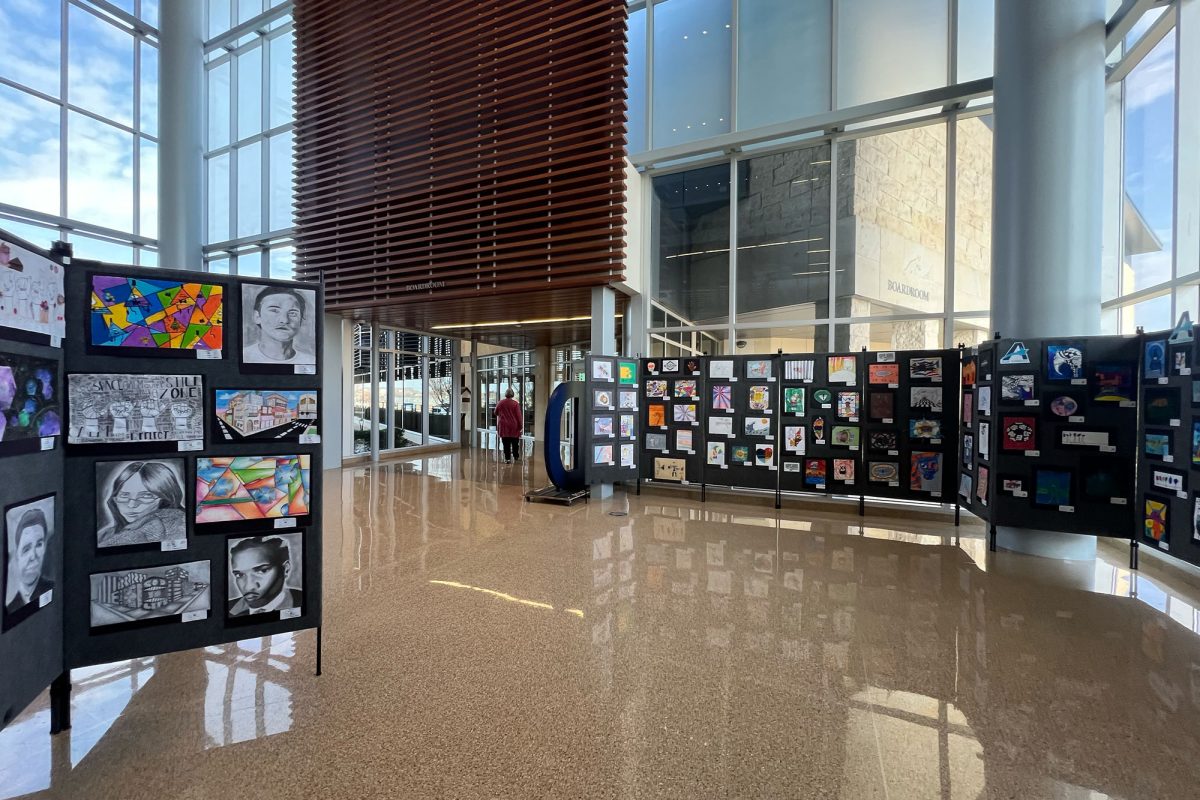In August of 2024, the Dallas Museum of Arts opened the exhibit Frida: Beyond the Myth. The exhibit was originally supposed to wrap up in November but has been extended until Feb. 23.
“So, Frida Kahlo was a Mexican surrealist, typically how we categorize her, although she didn’t particularly like that label herself,” AP Art History teacher Emily DeLarios said. “A lot of her work had to do with her personal life, her trials, and tribulations and then her very tumultuous marriage to Diego Rivera. She really acted as kind of a unique female voice in an era where there were not a lot of unique female voices.”
The exhibit at the DMA is composed of 60 different pieces across multiple mediums including, but not limited to, paintings, drawing, prints, and photographs that explore the life of Kahlo. The exhibit is meant to improve the understanding of Kahlo as an individual.
“Taking a chronological approach, this exhibition will lift the veil of myth surrounding Kahlo by delving deeper into the defining moments of her life and how she embedded symbolic motifs in her self-portraits and still lifes to cryptically express her emotive reactions to major events,” Dallas Museum of Arts said in a news release. “These works will be supplemented with photographs of Kahlo taken by the friends and fellow artists who knew her best, capturing the vulnerability and sensuality that still compel us today.”
Spanish teacher Yuridiana Franco, who is of Mexican heritage went and visited the exhibit herself and was moved by the storytelling.
“So my family is from Mexico, and I’m originally from East Texas,” Franco said. “I really enjoyed the organization of the exhibit. They had it in a chronological order from birth to death around the DMA’s exhibit room that they had. It was really cool because it was really interesting the way that they portrayed her on an outsider lens, not only just through her works.”
For Franco, as a Mexican-American, Kahlo is a pinnacle figure for Mexican women who has made a name for themselves within the art community and the world.
“It’s huge, especially in the last, I don’t know, 10, 15 years, I feel like she’s been globally recognized on a whole other level than what it was before,” Franco said. “I think it’s pretty impactful, and a big deal to have a woman Mexican artist that has that global recognition. I think through some of the messages that she portrays and some of the way that she is able to make art that makes people uncomfortable and like make you also understand that there are not just, one dimensional female archetypes.”
According to AP Art History teacher Emily DeLarios, Kahlo was a trailblazer in all aspects of her work, regardless of the medium or style.
“She worked with a lot of different media,” DeLarios said. “She did um photography and drawing and painting. She kind of curated herself as a work of art, too. She did a lot of writings. We have a lot of her letters to Diego and to other people also. She was just a unique voice in everything that she did and she was an incredibly influential artist in terms of works that dealt with narrative and works that dealt with her dreams and her use of color, especially is really influential.”
Franco recommends her students and anyone interested to definitely make the trip to visit the Museum.
“I went in like two weeks ago, and I was surprised with the turnout,” Franco said. “We had to wait in line in order to see the exhibit for about 20 minutes just because of the popularity of the exhibit. So, I think that it gives people just a better idea of who she was and the importance and impact that her work had again. I took my son, um he enjoyed it as well. It was as art is, sometimes a little bit strong and straightforward, but I appreciated it and I think that everybody should learn from it.”
DeLarios feels that looking at art from a screen in contrast to in-person does not allow one the same level of understanding, and believes people should go art for themselves when given the chance.
“Going to see art in person, you get a completely different feel for the work,” DeLarios said. “You get to see how big it is or how small it is, you get to see the texture of it, the materials, interacting with a work in person is completely different than seeing it on a screen. There’s a life to it. You can see the hand of the artist in it.”



